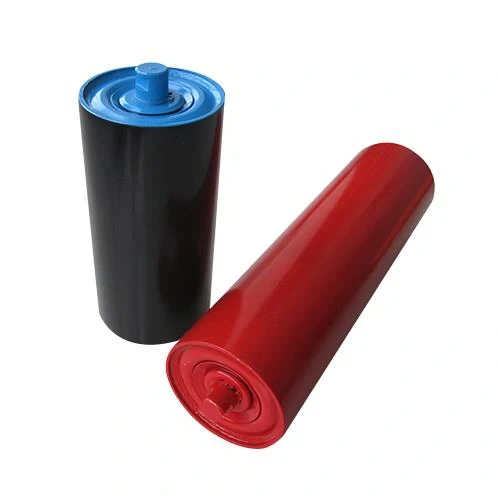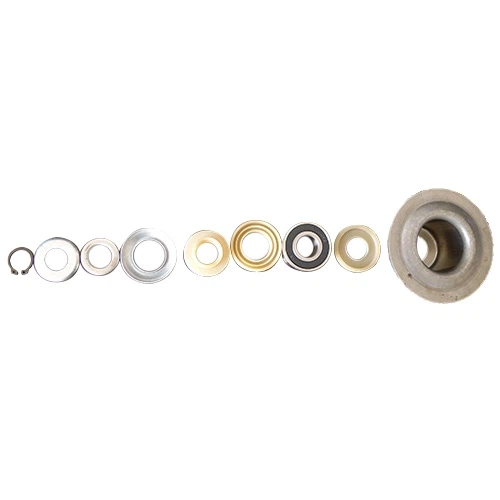- English
- French
- German
- Portuguese
- Spanish
- Russian
- Japanese
- Korean
- Arabic
- Greek
- German
- Turkish
- Italian
- Danish
- Romanian
- Indonesian
- Czech
- Afrikaans
- Swedish
- Polish
- Basque
- Catalan
- Esperanto
- Hindi
- Lao
- Albanian
- Amharic
- Armenian
- Azerbaijani
- Belarusian
- Bengali
- Bosnian
- Bulgarian
- Cebuano
- Chichewa
- Corsican
- Croatian
- Dutch
- Estonian
- Filipino
- Finnish
- Frisian
- Galician
- Georgian
- Gujarati
- Haitian
- Hausa
- Hawaiian
- Hebrew
- Hmong
- Hungarian
- Icelandic
- Igbo
- Javanese
- Kannada
- Kazakh
- Khmer
- Kurdish
- Kyrgyz
- Latin
- Latvian
- Lithuanian
- Luxembou..
- Macedonian
- Malagasy
- Malay
- Malayalam
- Maltese
- Maori
- Marathi
- Mongolian
- Burmese
- Nepali
- Norwegian
- Pashto
- Persian
- Punjabi
- Serbian
- Sesotho
- Sinhala
- Slovak
- Slovenian
- Somali
- Samoan
- Scots Gaelic
- Shona
- Sindhi
- Sundanese
- Swahili
- Tajik
- Tamil
- Telugu
- Thai
- Ukrainian
- Urdu
- Uzbek
- Vietnamese
- Welsh
- Xhosa
- Yiddish
- Yoruba
- Zulu
What Is the Role of Conveyor Roller Bearing Housing?
2024-06-18 16:45:49
Conveyor roller bearing housings of bearing housings, including plastic and metal variants, each offering distinct advantages. Plastic bearing housings are known for their lightweight nature, corrosion resistance, and ability to dampen noise, making them suitable for environments where these qualities are critical. On the other hand, metal bearing housings are valued for their robustness and durability under heavy loads and harsh conditions.
The design of products incorporates considerations such as load capacity, environmental factors (like moisture and temperature), maintenance requirements, and cost-effectiveness. Proper selection and maintenance of bearing housings are vital to prolonging the life of conveyor systems and minimizing downtime.
Understanding Conveyor Roller Bearing Housing
There are designed to support and protect the roller bearings that enable the smooth rotation and movement of conveyor rollers. Roller Mount Bearing Housing are built to withstand the mechanical stresses and loads encountered during conveyor operation. They serve as the primary interface between the moving parts (rollers) and the static parts (conveyor frame) of the system.
How Does Conveyor Roller Bearing Housing Support Roller Functionality?
The primary function of a product is to provide a stable and robust enclosure for the bearings. Here’s a breakdown of how they support roller functionality:
Structural Support: Bearing housings hold the roller bearings in place, ensuring they remain aligned and capable of handling the loads exerted by the conveyor belt and the materials being transported. This structural support is essential for maintaining the efficiency and reliability of the conveyor system.
Load Distribution: The housings help distribute the loads evenly across the roller bearings, minimizing stress on individual components. This distribution is crucial for preventing premature wear and tear, which can lead to bearing failure and system downtime.
Protection from Contaminants: Bearing housings protect the roller bearings from dust, dirt, moisture, and other environmental contaminants. This protection is vital for maintaining the longevity and performance of the bearings, as contaminants can lead to increased friction and wear.
Facilitating Smooth Rotation: By maintaining the proper alignment and position of the bearings, the housings ensure that the rollers can rotate smoothly and efficiently. This smooth rotation is critical for reducing energy consumption and minimizing operational noise.
What Are the Benefits of Using High-Quality Bearing Housings in Conveyor Systems?
Investing in high-quality bearing housings offers several advantages that enhance the overall performance and longevity of conveyor systems:
Increased Durability and Longevity: High-quality bearing housings are typically made from robust materials that can withstand harsh operating conditions. This durability translates to a longer service life for the bearings and the entire conveyor system.
Reduced Maintenance Requirements: Superior bearing housings often come with enhanced sealing and lubrication features, which reduce the frequency of maintenance interventions. This reduction in maintenance not only lowers operational costs but also minimizes downtime, keeping the conveyor system running smoothly.
Improved Operational Efficiency: Quality housings ensure that the bearings operate with minimal friction and resistance, which improves the overall efficiency of the conveyor system. This efficiency can lead to energy savings and more consistent operational performance.
Enhanced Safety and Comfort: High-quality bearing housings contribute to quieter operation by reducing the noise generated by the moving parts of the conveyor. This noise reduction enhances workplace safety and comfort, creating a better working environment for employees.
Better Load Handling: Premium bearing housings are designed to handle higher loads and stresses, making them suitable for heavy-duty conveyor applications. This capability is particularly important in industries where large and heavy materials are transported regularly.
How Does Proper Maintenance of Bearing Housings Impact Conveyor System Performance?
Regular maintenance of conveyor roller bearing housings is critical to ensuring the optimal performance and longevity of the conveyor system. Proper maintenance practices include:
Routine Inspections: Regular visual and operational inspections help identify signs of wear, misalignment, or damage to the bearing housings. Early detection of issues can prevent more severe problems and costly repairs.
Lubrication: Proper lubrication is essential for reducing friction and wear on the bearings. Maintenance schedules should include regular lubrication of Conveyor Roller Bearing Enclosure to ensure smooth operation and prevent overheating.
Cleaning and Sealing: Keeping the bearing housings clean and ensuring that seals are intact prevents contaminants from entering the bearings. This practice is crucial for maintaining the efficiency and lifespan of the bearings.
Replacement of Worn Components: Timely replacement of worn or damaged bearing housings and bearings is necessary to maintain the integrity and performance of the conveyor system. Using genuine or high-quality replacement parts ensures continued reliability.
Alignment Checks: Regularly checking the alignment of the bearing housings ensures that the rollers are properly positioned and can rotate smoothly. Misalignment can lead to uneven load distribution and premature bearing failure.
Conclusion
Conveyor roller bearing housings are critical components that play a vital role in the functionality and efficiency of conveyor systems. They provide essential support and protection for roller bearings, ensuring smooth rotation and effective load handling. The benefits of using high-quality bearing housings include increased durability, reduced maintenance requirements, improved operational efficiency, and enhanced safety and comfort.
Proper maintenance of bearing housings is equally important, as it ensures the longevity and reliability of the conveyor system. Routine inspections, lubrication, cleaning, sealing, and timely replacement of worn components are essential practices that help maintain optimal performance.
Understanding the role and significance of products is crucial for industries relying on conveyor systems. By investing in high-quality components and adhering to proper maintenance practices, businesses can ensure the efficient and reliable operation of their conveyor systems, ultimately contributing to increased productivity and reduced operational costs.
References
- Johnson, M., & Smith, L. (2019). "Conveyor System Design and Maintenance."
- Brown, T. (2020). "Enhancing Conveyor System Performance: The Role of Bearing Housings."
- Williams, R. (2018). "Maintenance Strategies for Conveyor Systems."
- Parker, J., & Davies, H. (2021). "Material Handling Equipment: Efficiency and Reliability."
- Green, A. (2017). "Lubrication and Maintenance of Conveyor Bearings."
- Miller, S. (2019). "Industrial Conveyors: Components and Applications."
- Carter, B. (2020). "Improving Conveyor System Durability Through Bearing Housing Design."
- Thomas, P. (2018). "Noise Reduction in Conveyor Systems."





